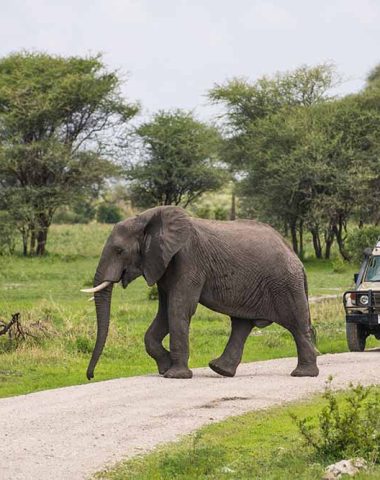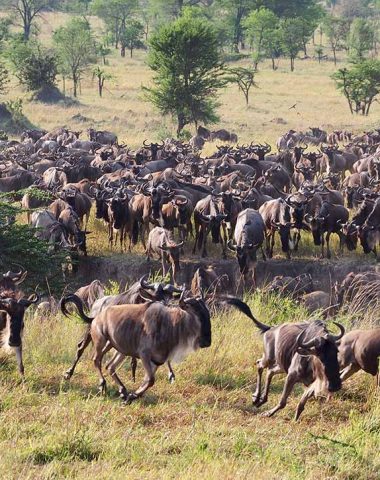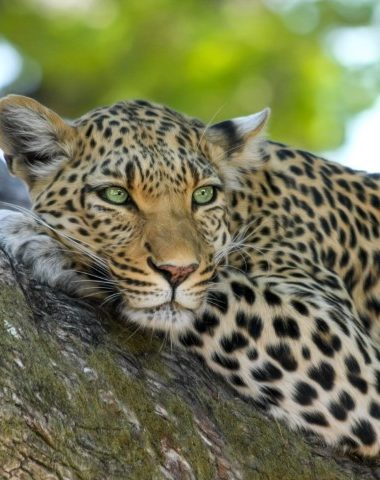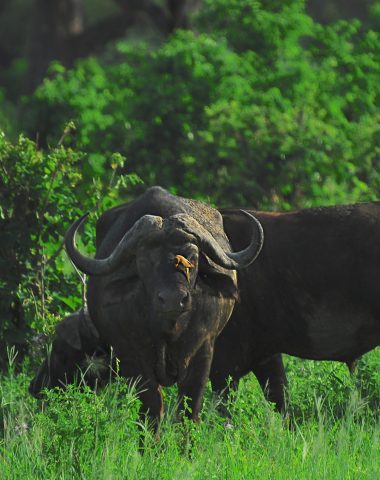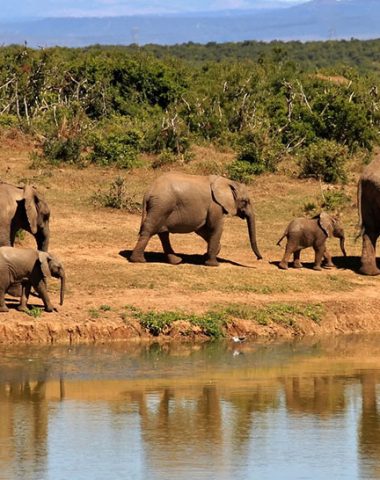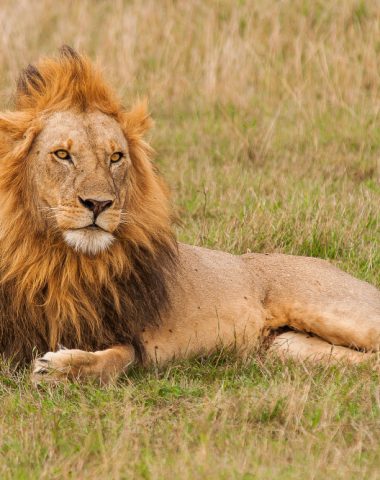Safari FAQ
Tanzania is blessed with remarkable destinations
The must-visit places include the Serengeti National Park, known for its incredible wildlife and the Great Wildebeest Migration. The Ngorongoro Conservation Area is home to the Ngorongoro Crater, a stunning natural wonder. Mount Kilimanjaro, the highest peak in Africa, offers an unforgettable climbing experience. Zanzibar’s pristine beaches, historic Stone Town, and the spice plantations are also highly recommended.
To obtain a visa for Tanzania, you can apply in advance at the Tanzanian Embassy or Consulate in your home country. Alternatively, most tourists opt to obtain a visa on arrival at major entry points such as airports and land borders. It’s advisable to check the specific visa requirements and fees based on your nationality before your trip.
The best time to visit Tanzania depends on your interests. For wildlife enthusiasts, the dry season from June to October is ideal as it offers excellent game viewing opportunities. The wildebeest migration occurs between June and September in the Serengeti. The months of January and February are great for witnessing the calving season. If you plan to climb Mount Kilimanjaro, January to March and June to October are recommended due to favorable weather conditions.
Whether you are arriving at the airport or exploring the national parks, you can expect a tranquil and peaceful experience. Tanzania takes pride in providing a high level of safety and security to visitors, ensuring that your vacation is worry-free and enjoyable. So, when you plan your next vacation in Tanzania, rest assured that you will be welcomed with warmth and treated with utmost care throughout your journey.
Yes, certain vaccinations are recommended before traveling to Tanzania. These may include routine vaccinations, as well as vaccinations for diseases such as yellow fever, typhoid, hepatitis A and B, and tetanus. It’s recommended to consult with your healthcare provider or a travel clinic at least 4-6 weeks before your trip to ensure you are up to date with the necessary vaccinations.
The official currency of Tanzania is the Tanzanian Shilling (TZS). While the local currency is widely accepted, US dollars are also widely used, especially for major expenses such as national park fees and accommodations. Credit cards are accepted in larger establishments, but it’s always advisable to carry some cash for smaller transactions and in more remote areas where card facilities may be limited.
The best time to go on safari is really dependent on when you wish to come, your interests, places you wish to visit and activities that you may want to do. If you’d like to see the wildebeest migration spread out across the Serengeti plains, we’ll recommend you travel in the green season stretching from December to April. This is especially good for the calving season. If you love elephants and would like to see large herds, we recommend visiting Tarangire National Park in the height of the dry season from July to September when massive herds congregate around the Tarangire River. If you are interested in climbing Kilimanjaro prior to going on safari, we’ll suggest you avoid traveling in April and May when the long rains will make trekking difficult.
Tanzania has two major seasons. Although weather patterns can vary widely from year to year typically, the dry season starts around June and last through until October and the green or rainy season commences from November until around May with a short dry season typically between January and February. The parks located in the popular northern safari circuit are located at a high elevation making the climate pleasant for game viewing even during midday. The average temperature in the Serengeti during the warmer months of October to March can range from a high of 29C to a low of 17C and during the colder months of April to September a high of 26C to a low of 13C. The rim of the Ngorongoro Crater has an elevation of over 2,200 meters and the night time temperatures can drop below freezing. It is always advisable to bring warmer jumpers or a light jacket for evenings and early mornings.
TANZANIA SAFARIS



